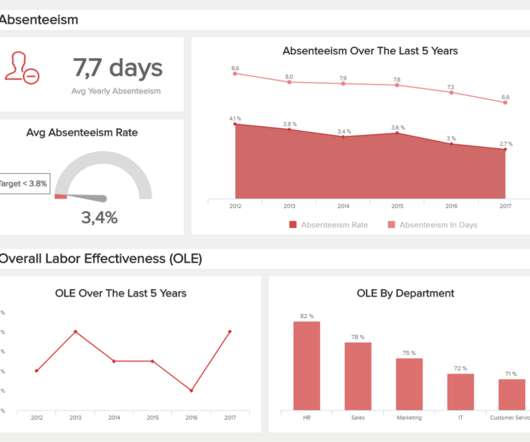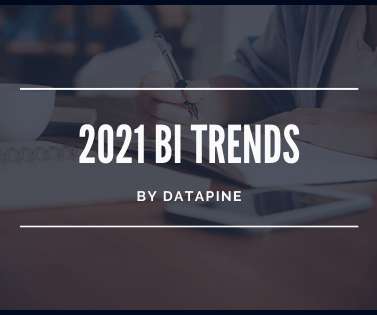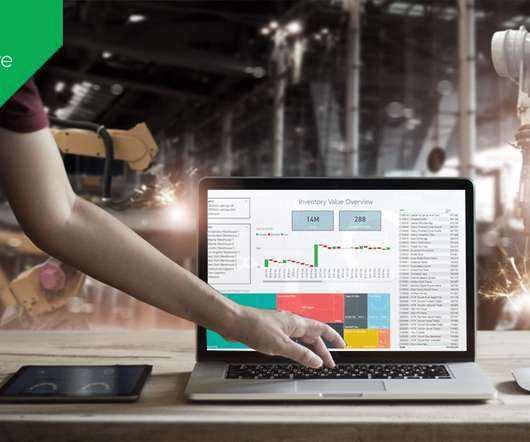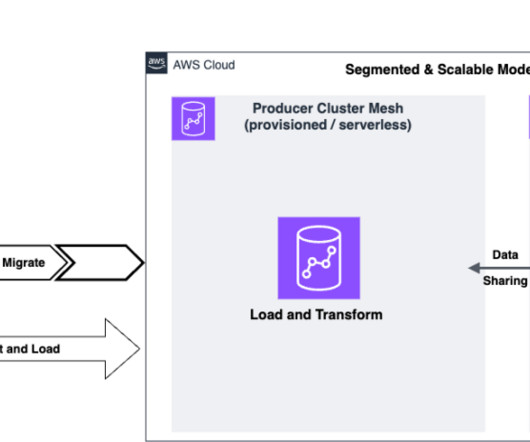Your Ultimate Guide To Modern KPI Reports In The Digital Age – Examples & Templates
datapine
JULY 17, 2019
Moreover, within just five years, the number of smart connected devices in the world will amount to more than 22 billion – all of which will produce colossal sets of collectible, curatable, and analyzable data, claimed IoT Analytics in their industry report. One of the most effective means of doing this is by utilizing KPI reporting tools.
















Let's personalize your content